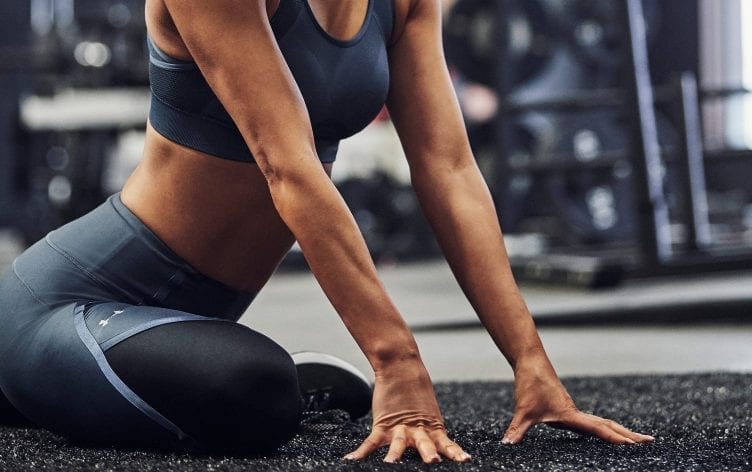
Most exercisers have experienced sore muscles at one time or another, especially after starting a new workout program or trying an unfamiliar exercise. In some ways, muscle soreness just comes along with the territory of working out, particularly if you’re new to it. This phenomenon is also known as delayed onset muscle soreness and usually crops up 24–48 hours after exercise.
Feeling sore can leave you wondering if it’s really a good idea to continue with your scheduled workouts, particularly if you’re worried exercise could make the achy sensation that comes along with DOMS worse.
Ahead, fitness pros explain why you get sore, how it could impact your workouts, and what types of exercise they like to do when they’re experiencing muscle soreness themselves.
WHY WE GET SORE AND WHAT TO DO ABOUT IT
Before we dive in, it can be helpful to understand why we get sore in the first place. “While the exact cause of DOMS isn’t entirely proven or understood, it’s hypothesized that it’s caused by microscopic tears that result from taxing the muscle tissue,” explains Erin Mahoney, VP Education for ISSA. “These microscopic tears, however, are what cause the body to adapt. As a result of the imposed stress on the body, it not only must heal but will also adapt in a way to better cope with the stress in the future.” This is why DOMS tends to lessen as you get more accustomed to a workout program.

Experts stress that despite muscle soreness, it’s generally safe to exercise anyway. But there’s one big caveat: Avoid working the specific muscles that are super sore or repeating the same movement that caused the soreness. For example, if your quads are sore from heavy squatting, avoid heavy squatting until the soreness mostly resolves.
The rationale might surprise you, though: “This is less about causing further damage to the tissue and more about how your body will inadvertently try to avoid the pain by compensating and moving in slightly altered patterns,” Mahoney says. “When your body starts moving in a way that it shouldn’t, or when you compensate by using other muscle groups, you set yourself up for larger, more concerning injuries.”

In general, working out while sore can help speed the recovery process, notes Heather Hart, an ACSM-certified exercise physiologist. “Moving your body and increasing your heart rate increases the blood flow to the damaged muscle tissue. Blood flow delivers oxygen and cells needed for repair and recovery, while helping remove damaged tissue and other waste from the muscle.” But the key here is to keep it light to avoid the form issues Mahoney mentioned.
As for what type of exercise is ideal, Hart recommends walking and hiking. “I think walking is such an underrated exercise. It’s an incredible way to increase blood flow to the entire body (especially if you gently swing your arms) and promote healing.”

Interestingly, research suggests some forms of light exercise are just as effective as massage at alleviating post-workout soreness, explains Dani Singer, a certified trainer and owner of Fit2Go Personal Training. “In one study, participants underwent light-resistance band training targeting the affected muscle groups and saw significant relief.”
Singer himself cycles his workouts so he’s not working the same body parts multiple days in a row, thus avoiding having to change his workout plan due to soreness. “That said, if I’m performing a new or particularly intense workout, I may get so sore that I find it difficult to perform the next day’s planned workout. On these days, I’ll warm up with some light cardio, resistance band training and foam rolling. All three of these are designed to increase blood flow to the affected muscles.”

“If your soreness is leaving you feeling like you can’t even get off the couch, listen to that voice telling you to take it easy,” says Hillary Pride, a NASM-certified personal trainer and registered dietitian. “Rest and recovery are vital components to any training plan.”
Also, if this is becoming a regular thing for you, take note. “If your soreness stays with you all day and you notice any swelling, favoring body parts or your co-workers ask why you are walking funny in the office, there’s a good chance you should modify that workout you have planned for the day to spare your sore muscles,” Pride adds. “Overtraining and pushing through a workout on very sore muscles can further your chances of injury and exhaustion.”





